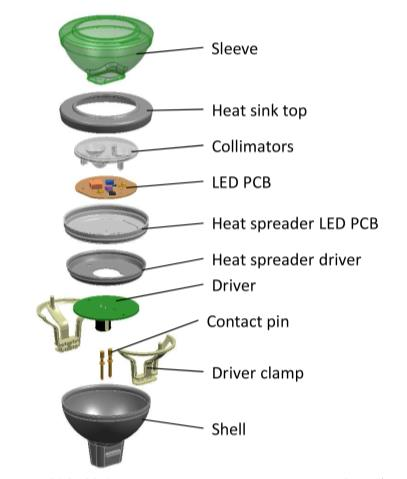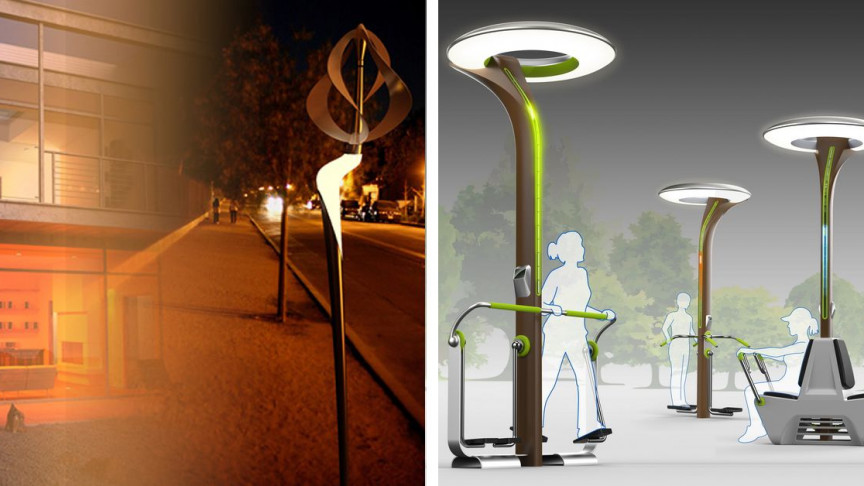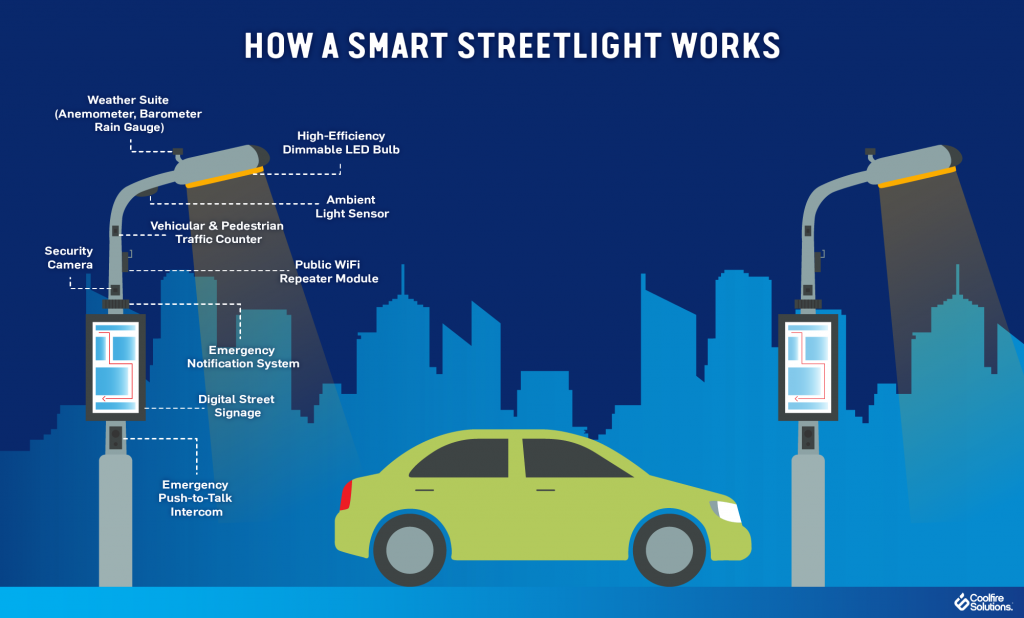
Think back some months, and picture the following scenario: ‘twas the night before Christmas, and suddenly an overhead LED light in the household went out. And so began a tale from the modern age…
The LED light in question illuminated the kitchen. No replacement was immediately available, as there is clearly no need to carry spares for a LED light that should last 50,000 hours (according to the marketing information on the box). And being after dusk on Christmas Eve the shops were shut so there was no hope of buying a replacement.
While some might consider stuffing a turkey by candlelight a romantic way to commence the festive season, reception of this suggestion matched the outside temperature in its ability to freeze mercury. This called for drastic action…
LED lights are not generally sold on the basis of their reparability. But in this aspect some designs do have advantages over incandescent and florescent bulbs. With the old technology if a filament blew or the emissions mix became denuded, there was no hope of repair, at least not in your garage on a cold Christmas Eve. But some LED lights are constructed from packaged LEDs that are soldered to a printed circuit board. Usually the LEDs are wired in a string. This raises the driving voltage and increases the system efficiency. But if one LED fails then the entire lamp goes out. So, in theory, by identifying and replacing the defective LED, repair of the lamp should be possible.
Finding an open circuit LED in a string is easily accomplished, especially when the manufacturer has kindly provided a silkscreen marking on the PCB that indicates the polarity of each device. A replacement LED was fortunately to hand so the soldering iron was duly warmed and in a state of euphoria over the prospect of a turkey dinner and world peace, an attempt was made to de-solder the defective LED. Herein a minor difficulty was encountered. The solder refused to melt.
LEDs, for all their merits, are not as efficient as one might like in converting electrons into photons. The balance of the energy is liberated as heat. This heat has to be removed by conduction to keep the LED temperature within safe limits. FR4 is not up to the job so LED light manufacturers solder the LEDs to metal-in-board printed circuit boards. As the name suggests these have a metal core, which does the heavy lifting in terms or removing the heat and a dielectric skin that stops the copper tracks shorting to the metal core. The very best metal-in-board PCBs use a thin layer of nanoceramic for the insulator as this provides high dielectric potential while ensuring good transport of heat from the LED to the metal core of the PCB. So good are these materials at cooling the LEDs that a 15 Watt soldering iron is seriously underpowered for the task of de-soldering an LED.
Desperate times call for desperate measures. It can be officially confirmed that a Crème Brulee torch has just sufficient oomph to desolder a defective LED on a metal in board PCB, restoring light to the World, marital relations and the schedule for turkey dinner.
Could this be the start of a whole new industry with an LED light repair shop in every town?



